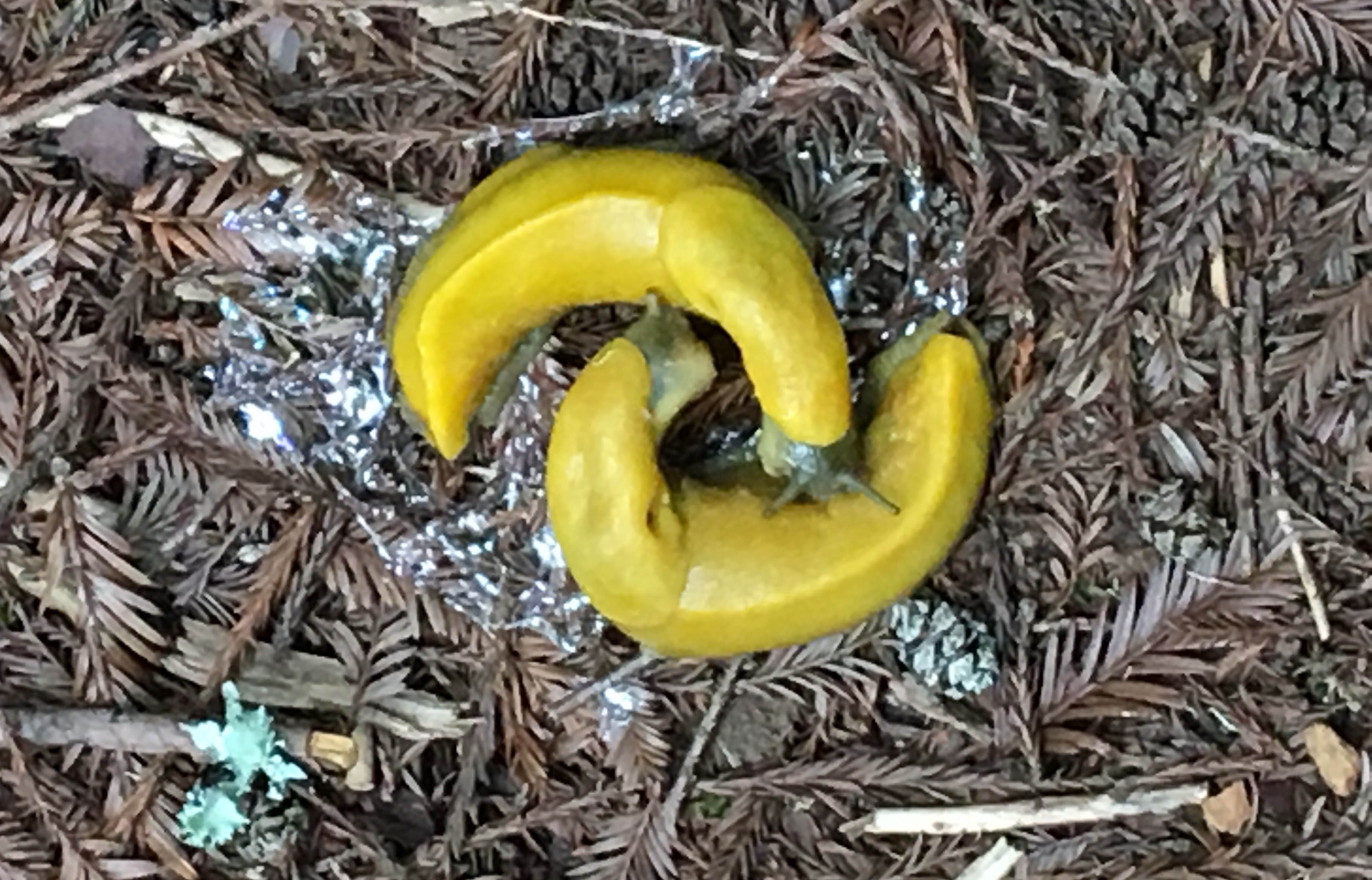
Banana Yellow
Through my work as a scientist in a gallery, I have learned that artists are often early adopters of new technologies, and sometimes cause them to be refined; artistic intent can occasionally drive innovation. One way painters seek to build their practice is by adding new colors and colorants to their palettes. Yellow is one of the painters’ primary colors—a subtractive primary, meaning it cannot be prepared by mixing a combination of any other colors. In the Renaissance, paint across the color palette was not consistent in texture, rheology, drying time, gloss, and other physical properties, so mixing different colors of paint would change the handling properties of the blend, as well as its hue—maybe not in a predicable way. Perhaps this was the reason why artists might adopt a new colorant, especially one that had a primary color, red, blue, or yellow. Giallorino was the name of a group of yellow pigments (and also the title of a book on these pigments by Claudio Seccaroni). Giallorino was a glassy material colored by suspended crystallites of binary or ternary oxides of lead, tin, and/or antimony; iron and potassium could be added also to vary the hue manufactured from lemon yellow to orange. Lead tin antimony yellow offered a vibrant color, but required someone to be the first to use it in an easel painting. I’m here to see how artists take that step. On my first walk from the ranch I saw, for first time in my life, banana slugs. Huzzah!
